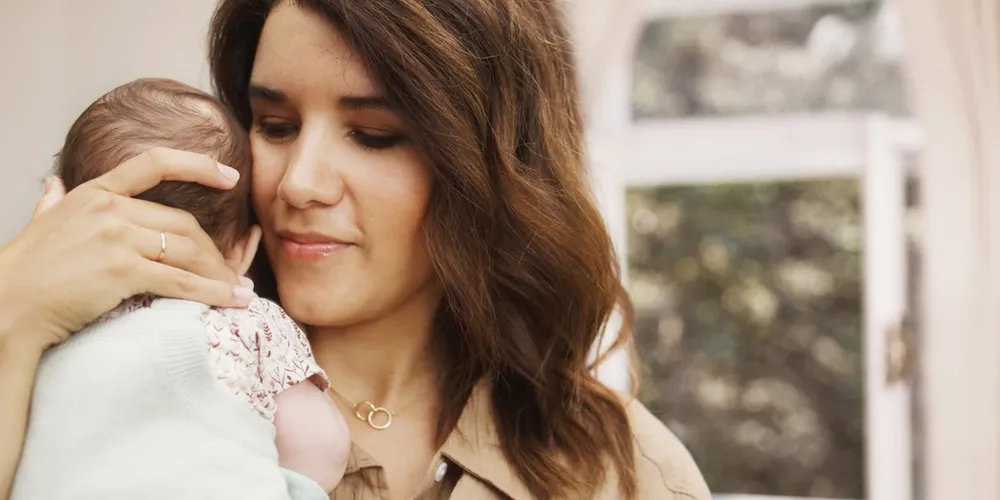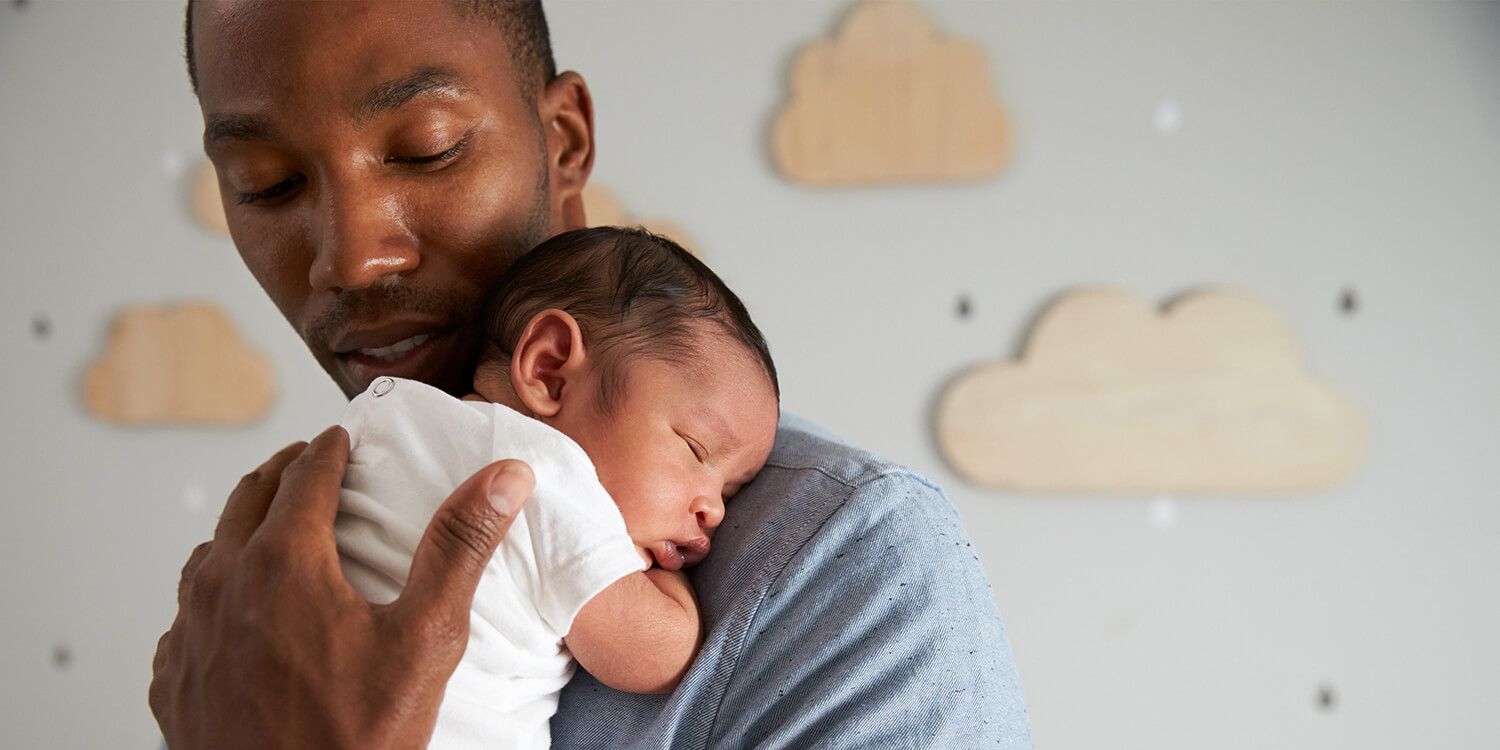In those first few months of life, newborns need a lot of sleep. Most babies sleep between 14 and 19 hours a day. To ensure that they get a restful, safe sleep, there are a few things that need to be taken into account in the baby’s sleeping environment. Our MAM expert and specialist in neonatology and pediatrics Dördelmann M.D. explains to us what measures you can take to create a safe sleeping environment and reduce the risk of sudden infant death syndrome.
MAM: Dr. Dördelmann, what is safer for newborn sleep: Blanket or sleeping bag?
Dr. Dördelmann: In the first year of life, all infants should definitely sleep in a sleeping bag. The main advantage sleeping bags have over blankets is that there is no risk of the baby pulling their sleeping bag over their face and blocking their airways. Other advantages of sleeping bags include improved temperature regulation and their use makes it more difficult for the newborn to turn onto their stomach. Lying on their stomach can also lead to the baby’s airways being obstructed, which reduces the supply of oxygen.
MAM: From what age do babies need a cover and pillow when they sleep?
Dr. Dördelmann: Under the age of one, babies do not need a pillow or cover, as a sleeping bag already provides the perfect conditions for a safe sleeping environment.
MAM: What is the safest sleeping position for newborns? On their stomach, side or back?
Dr. Dördelmann: A newborn’s sleeping position entirely depends on whether the baby’s sleep is supervised or not. If the baby is sleeping unsupervised, we recommend that they sleep on their back. We also advise against them sleeping on their side, as they can easily roll on to their front from this position. Sleeping on their stomach is one of the risk factors for sudden infant death syndrome, so lying on their stomach should be avoided at all costs during unattended sleep.
If you can observe the newborn while they are sleeping, it is quite all right to put the baby to sleep on their side or on their stomach. However, the baby should always be supervised during this time and care should be taken to ensure that the airways are unobstructed by placing their head to the side.
MAM: Should parents entirely avoid putting their newborns to sleep on their stomach as a preventive measure?
Dr. Dördelmann: In the first few months of life, it is recommended that the baby is placed on their stomach for at least two to three hours per day. Especially in the beginning, babies sleep a great deal, so it may be necessary to place the baby on their stomach even while they are sleeping. This is only recommended, however, if you are able to supervise the baby while they are asleep and monitor their airways.
MAM: What are the medical effects of each sleeping position in newborns?
Dr. Dördelmann: In general, each sleeping position has its advantages and disadvantages. If a baby sleeps on their stomach, they are at a higher risk of sudden infant death syndrome (SIDS). If they always sleep on their side or back, this can cause their skull to become deformed due to the continuous load on the back of their head. What’s more, if the baby is always in the same position, it can have a negative effect on their muscle development, as their body is constantly subjected to the same load. This can lead to a delay in the baby’s motor development. That is why we recommend striking a balance between the different positions, but only placing the baby on their stomach if they are supervised.
MAM: Is it possible to change the baby’s position while they are asleep?
Dr. Dördelmann: Yes, this is possible, as long as you move them carefully.
MAM: What should you look for when choosing a baby mattress?
Dr. Dördelmann: A baby mattress needs to be firm, as this prevents the baby from sinking into the mattress. It should also be breathable and completely fill the baby’s bed or cot.

MAM: Is it OK to use a waterproof mattress protector?
Dr. Dördelmann: Yes, you can use a waterproof pad to protect the mattress. We recommend covering the pad with a fitted sheet for the baby to lie on.
MAM: What is the right temperature for a safe sleeping environment for babies?
Dr. Dördelmann: The perfect room temperature for infants to sleep in is between 18 °C and 20 °C, without any drafts. When the weather is warm outside, you should dress your baby in less clothing when they go to sleep. Air conditioning is not recommended in this case.
It is not advisable to heat the room excessively in winter, as again, the optimal room temperature for sleeping newborns is between 18°C and 20 °C.
MAM: What clothes are best for sleeping?
Dr. Dördelmann: Generally, your baby should sleep in a sleeping bag. The right clothing depends on the time of year. A bodysuit is fine for the summer and in winter – a long-sleeved bodysuit.
MAM: Is it OK for the baby to have cuddly toys with them in bed?
Dr. Dördelmann: So-called “cuddle nests”, lambskins and cuddly toys in the baby’s sleeping environment should definitely be avoided, as they can block the baby’s airways.
MAM: Is it all right to put heating pads or hot water bottles in a baby’s bed?
Dr. Dördelmann: No, this is not advisable as they increase the risk of the baby overheating.
MAM: Should babies sleep in their parents’ bed?
Dr. Dördelmann: In general, it is not recommended to let the baby sleep under the cover between their parents, as there is a risk that the cover will block the baby’s airways. Another reason is the parents’ body temperatures, which can cause the baby to overheat. Both these factors increase the risk of sudden infant death syndrome. On the other hand, “co-sleeping”, which means sleeping together in the same bedroom (e.g. with the baby in a bedside crib), is strongly recommended.





























